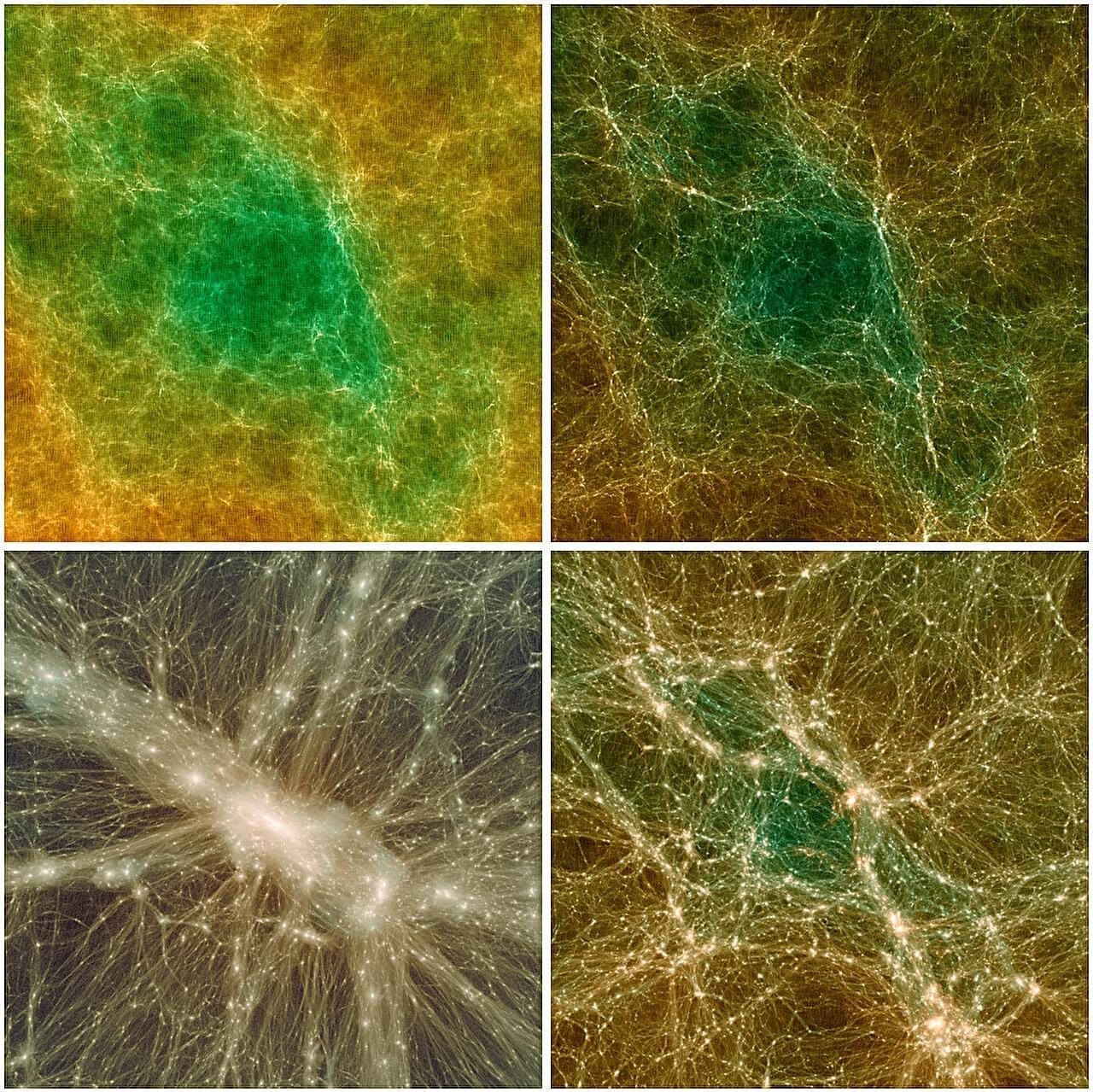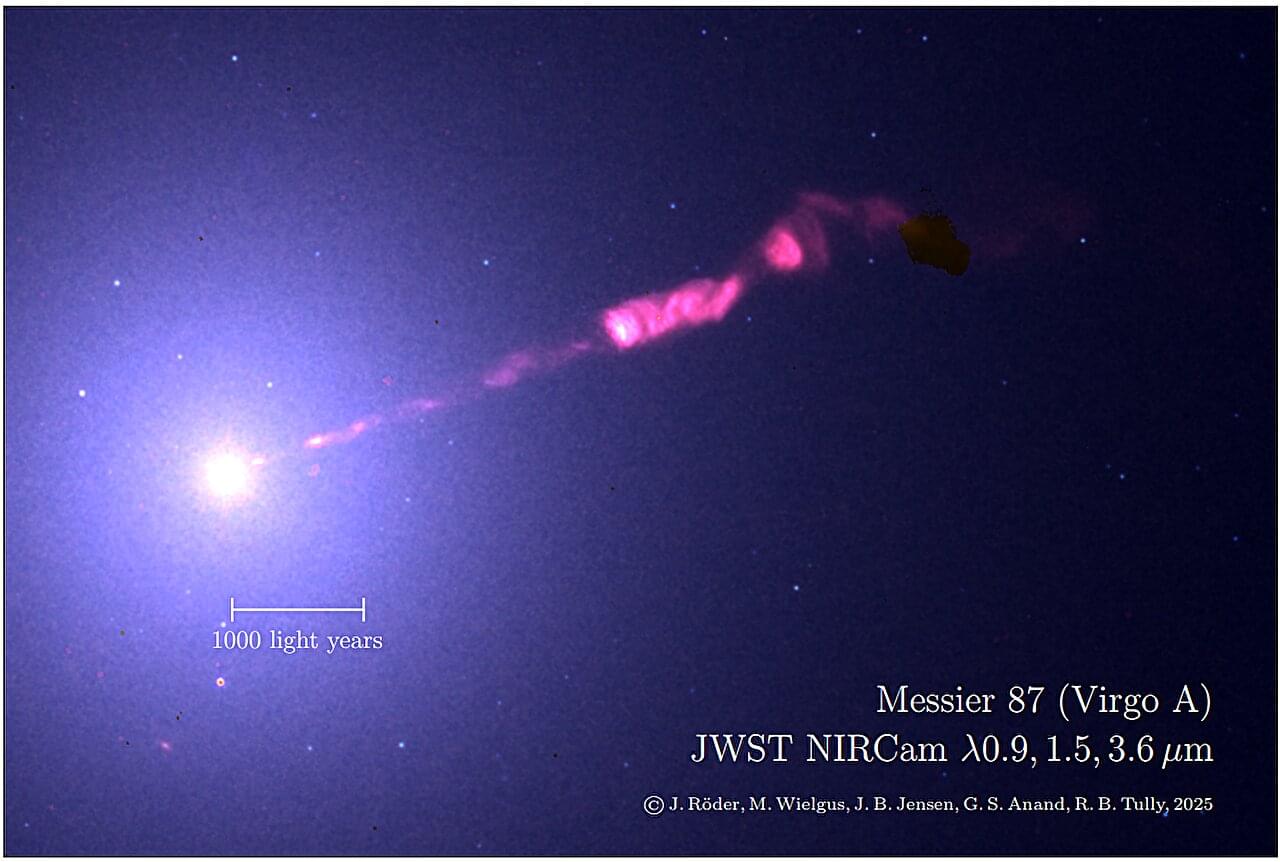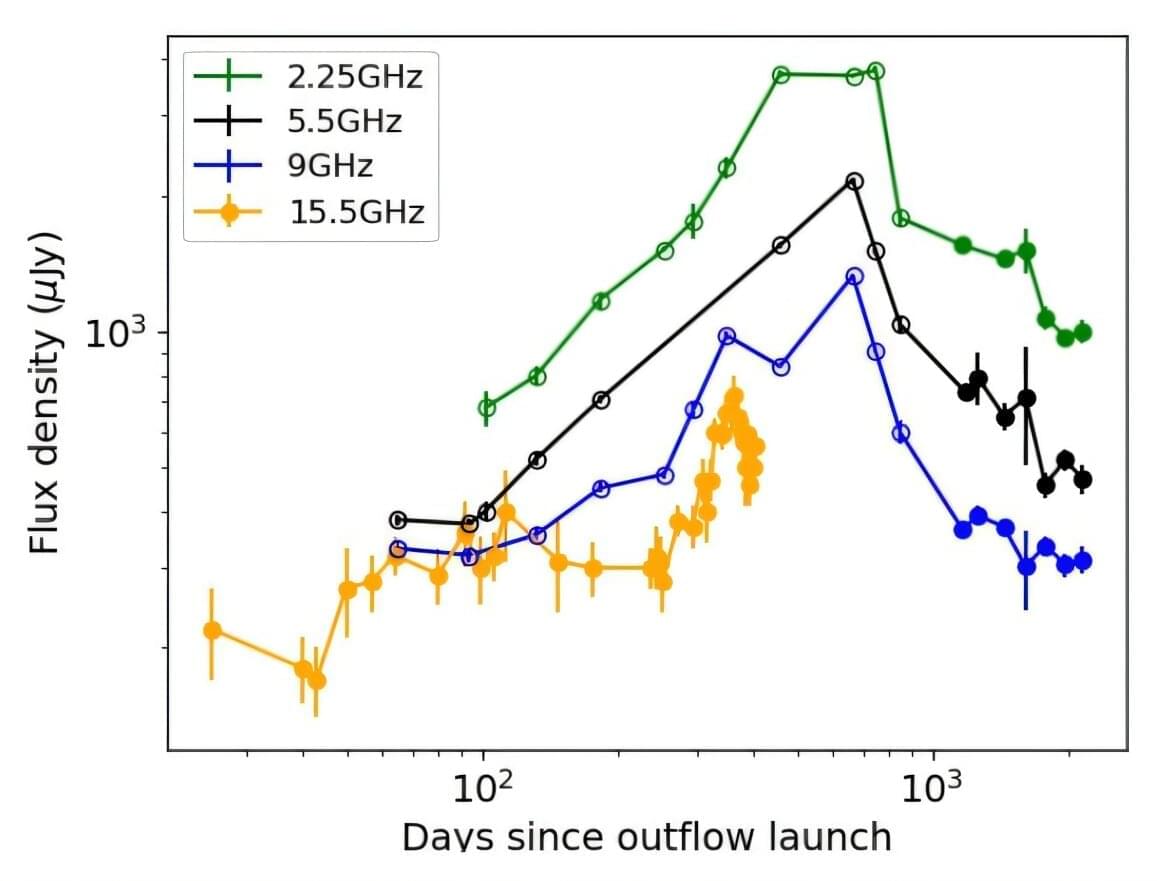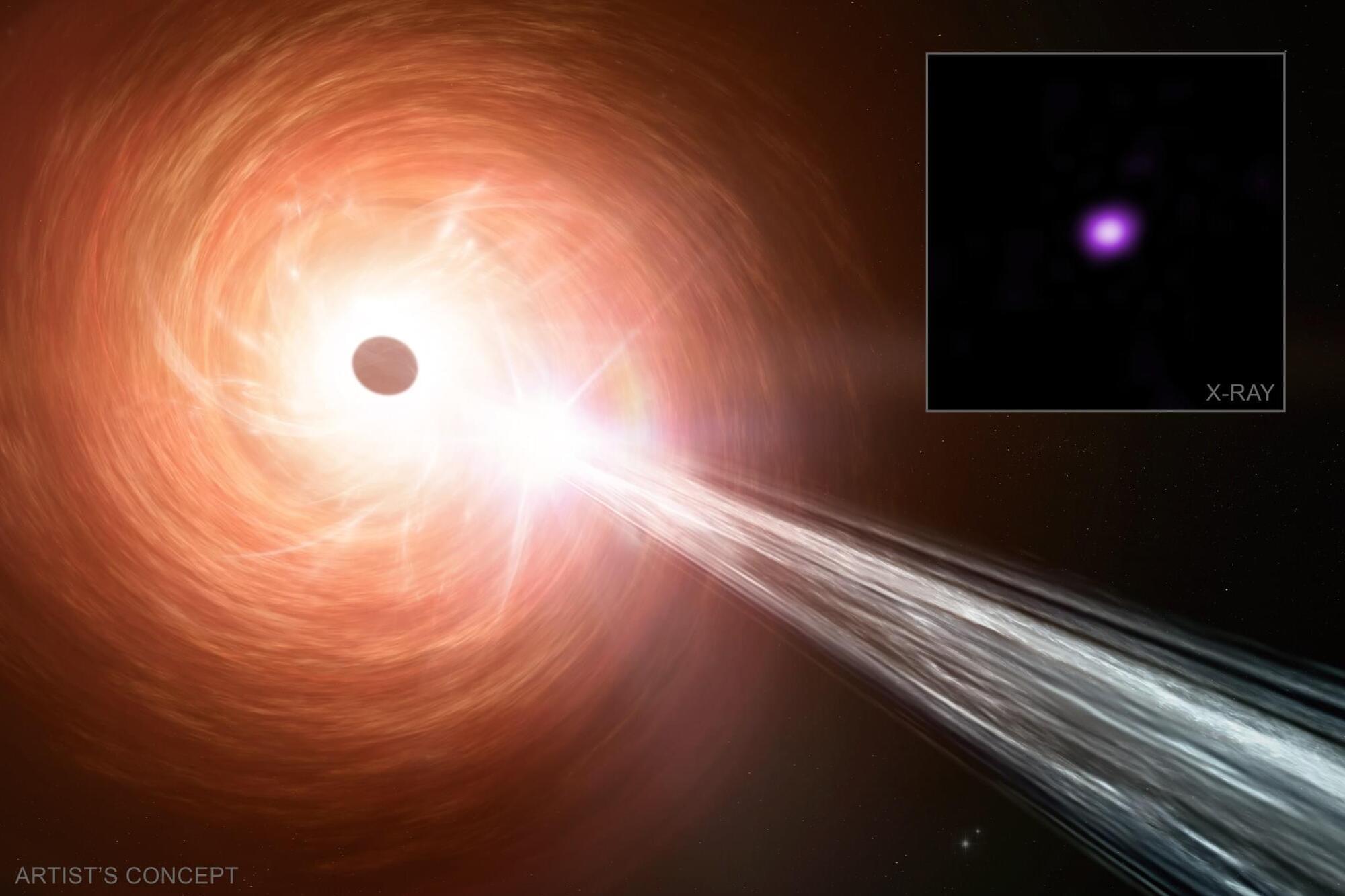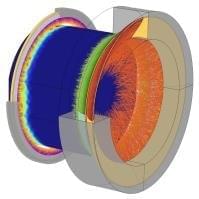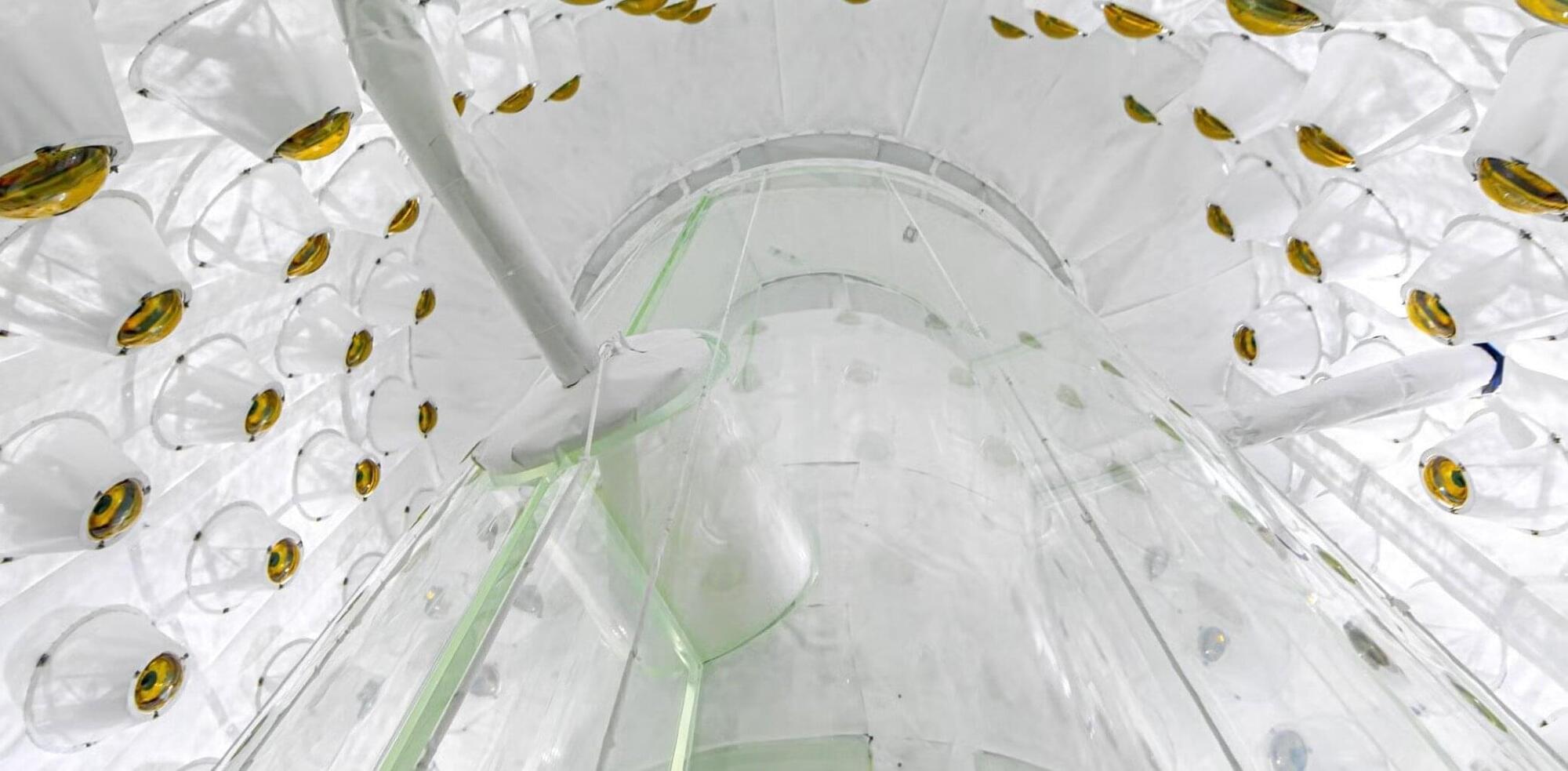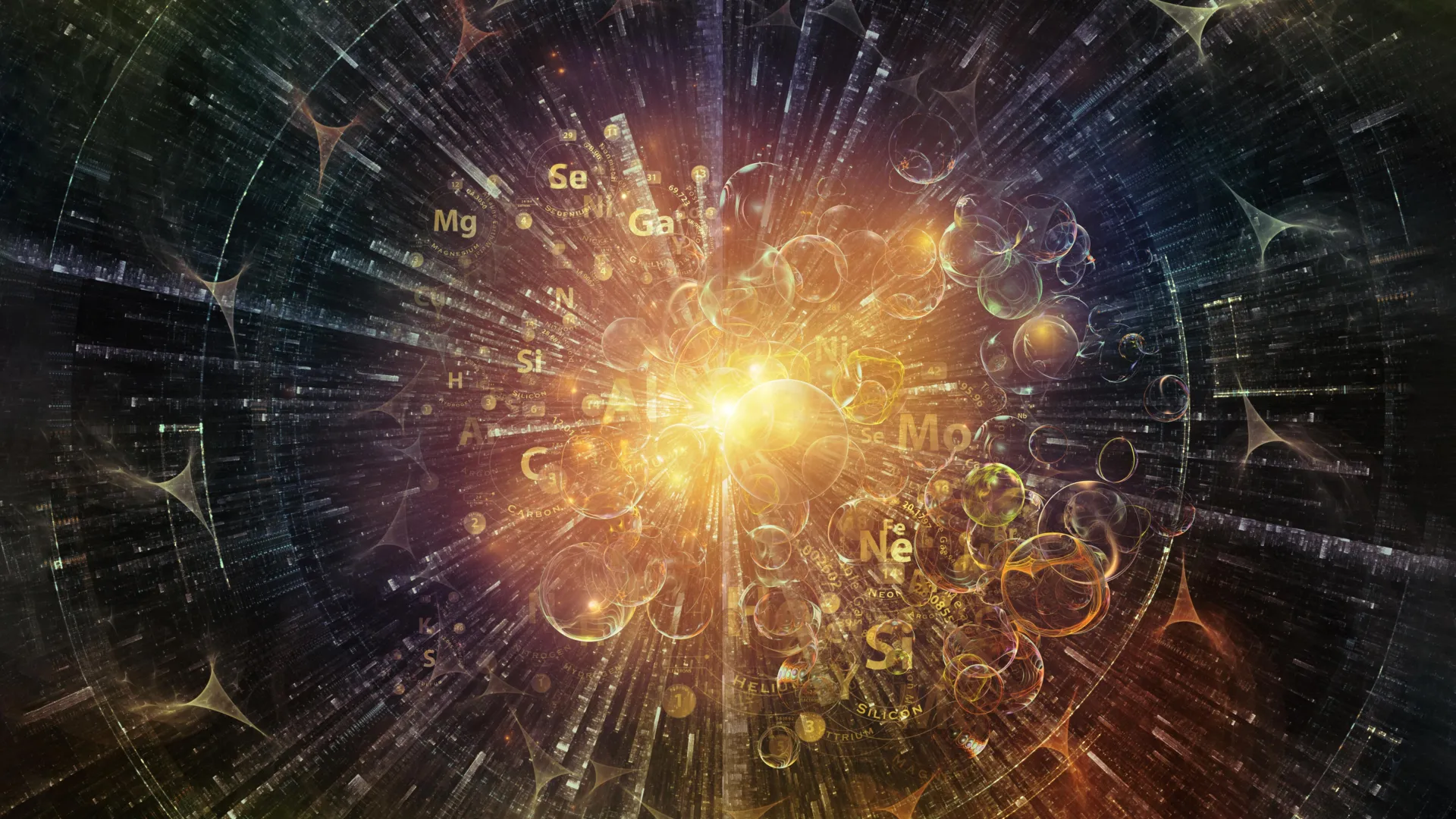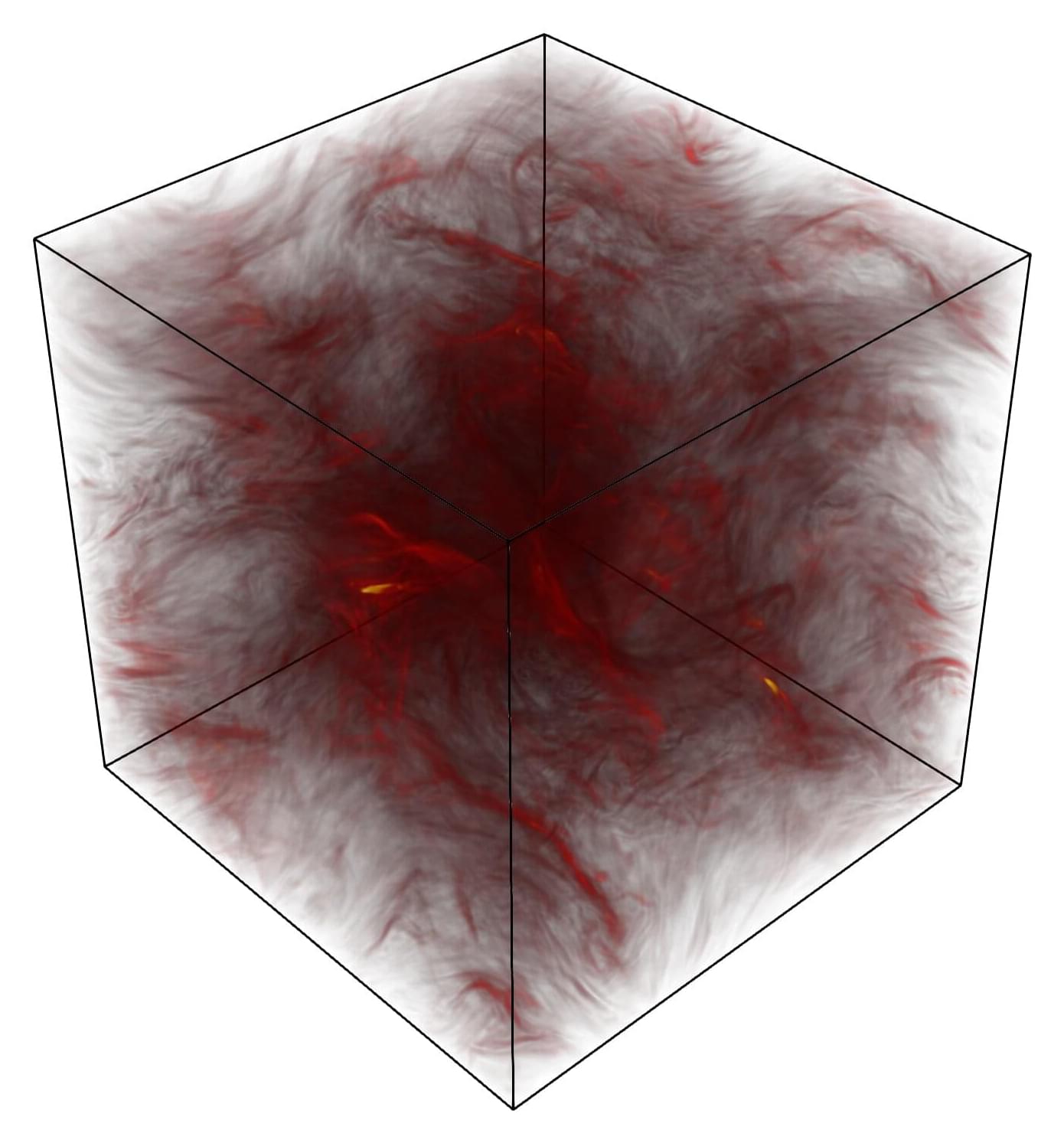Since the early 20th century, scientists have gathered compelling evidence that the universe is expanding at an accelerating rate. This acceleration is attributed to what is known as dark energy—a fundamental property of spacetime that has a repulsive effect on galaxies.
For decades, the leading cosmological model, known as the Lambda Cold Dark Matter (ΛCDM), has assumed that dark energy is a constant entity, unchanging throughout cosmic time. While this simple assumption has served as the bedrock of modern cosmology, it has left a fundamental question unanswered: what if dark energy is not constant, but instead a time-varying property of the universe?
Recent observations have provided some of the first hints that the above-mentioned assumption may not be correct. The Dark Energy Spectroscopic Instrument (DESI), a sophisticated experiment for conducting astronomical surveys of distant galaxies, has produced data suggesting a preference for a dynamic dark energy (DDE) component.
